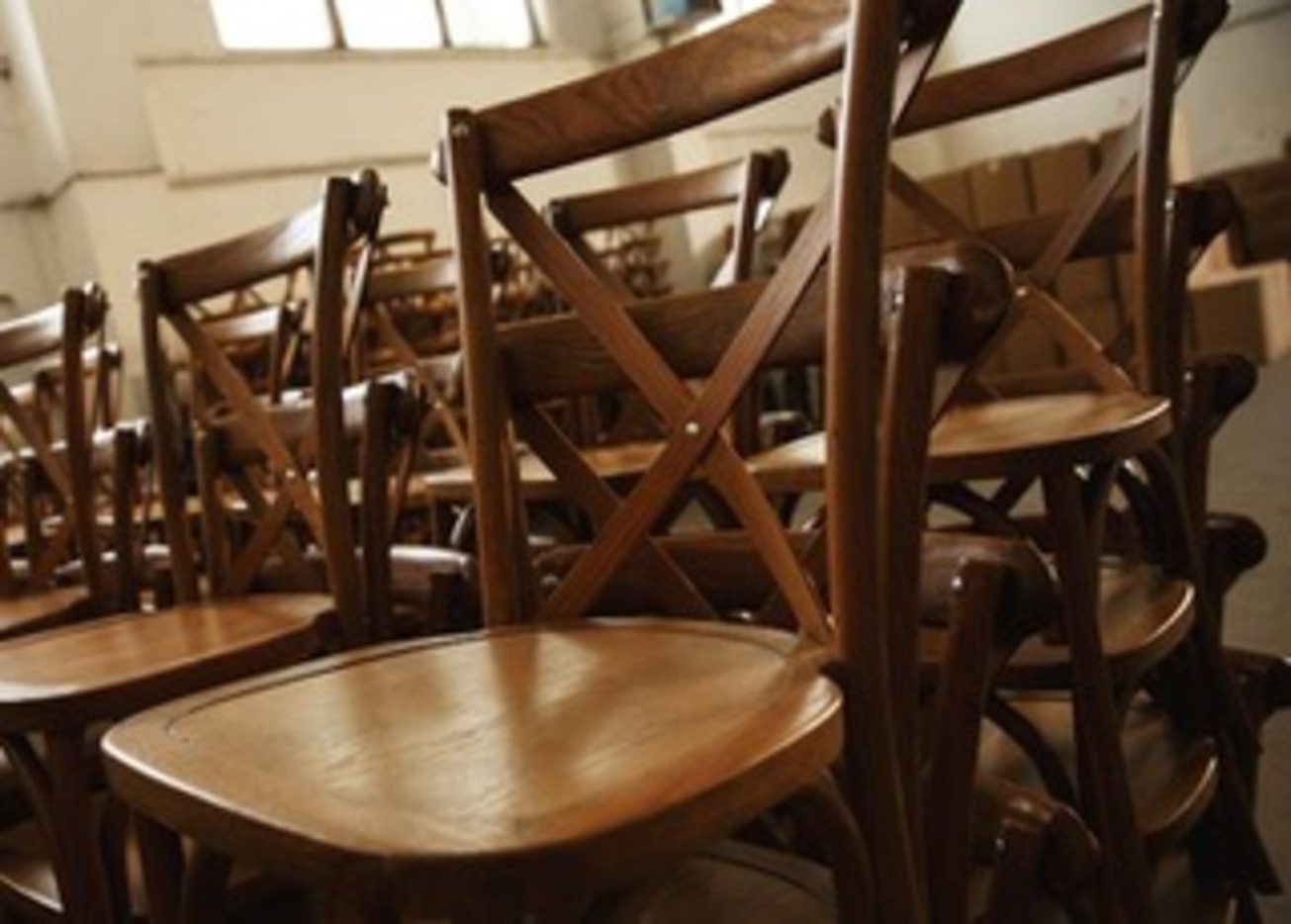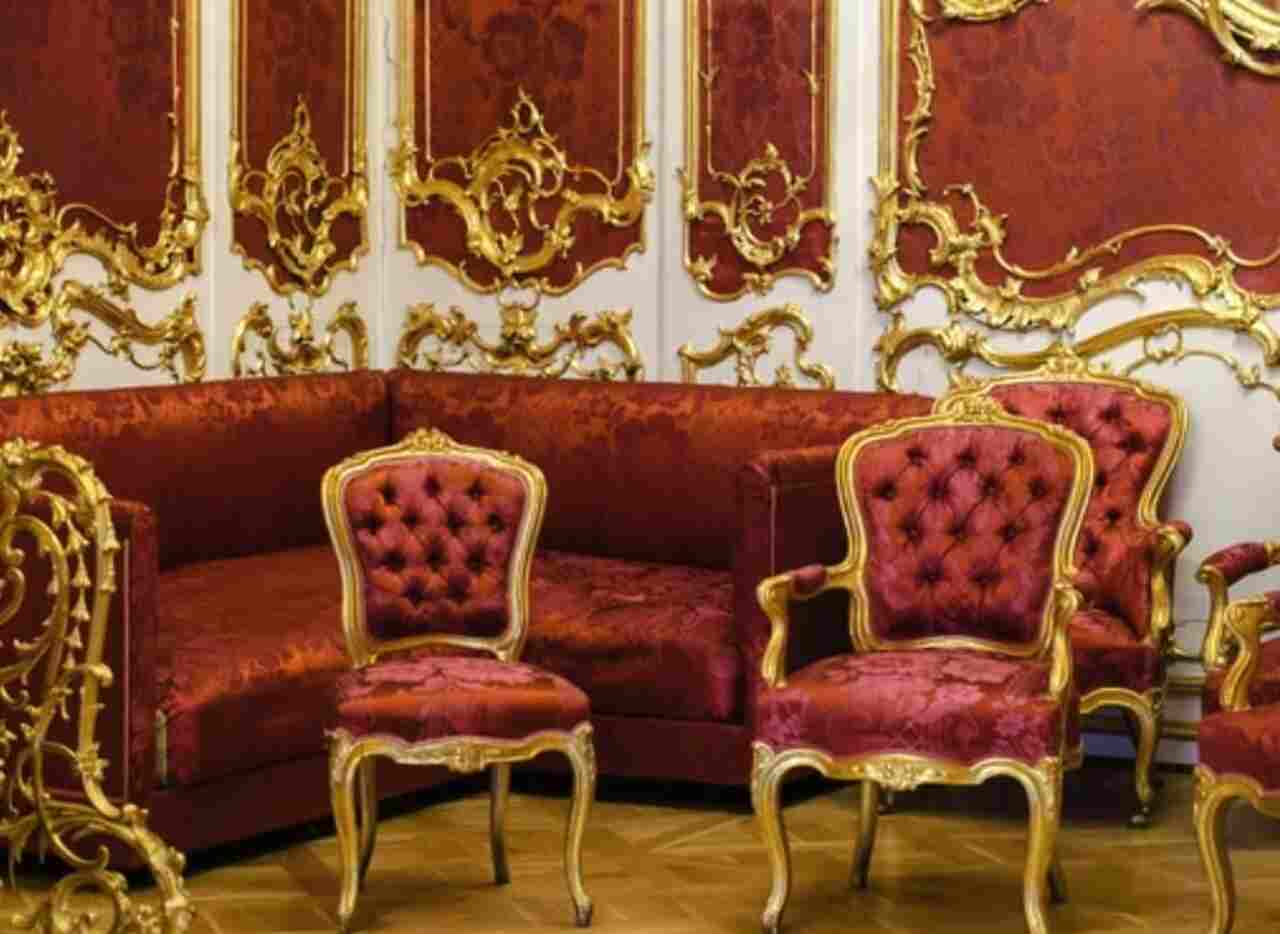The second category includes chairs with armrests and without armrests. Adding armrests to chairs may be a welcomed feature for some individuals, while for others, it can be an uncomfortable restriction. Consider whether these chairs will be used in situations where individuals do not need to sit close to tables. Will they be used by people with different body dimensions? In such cases, carefully weigh the decision of selection. Wooden chairs with armrests can be beneficial for individuals who need assistance sitting down and getting up from the chair, but for individuals of specific sizes, they may pose a physical limitation. Some customers prefer a mix and order a combination of the same chair with and without armrests.
The third category comprises chairs with upholstery and without upholstery. Some wooden chairs come with upholstered seats and occasionally upholstered armrests. If your goal is to create a pleasant environment, providing comfort for individuals to spend extended periods in the chairs, upholstered chairs are the right choice. However, this comfort comes with a certain compromise. Upholstered or cushion chairs are more demanding to clean and may require renovation sooner than their fully wooden counterparts. It's essential to be aware that different fabrics have different properties. Generally, maintaining upholstered chairs requires more effort compared to chairs made entirely of wood.
Chairs in this article are divided into categories from a general perspective. They can be classified based on various features such as shape, material, size, origin, and more. There are many types and varieties of chairs with armrests, different types upholstered chairs, and so on.


